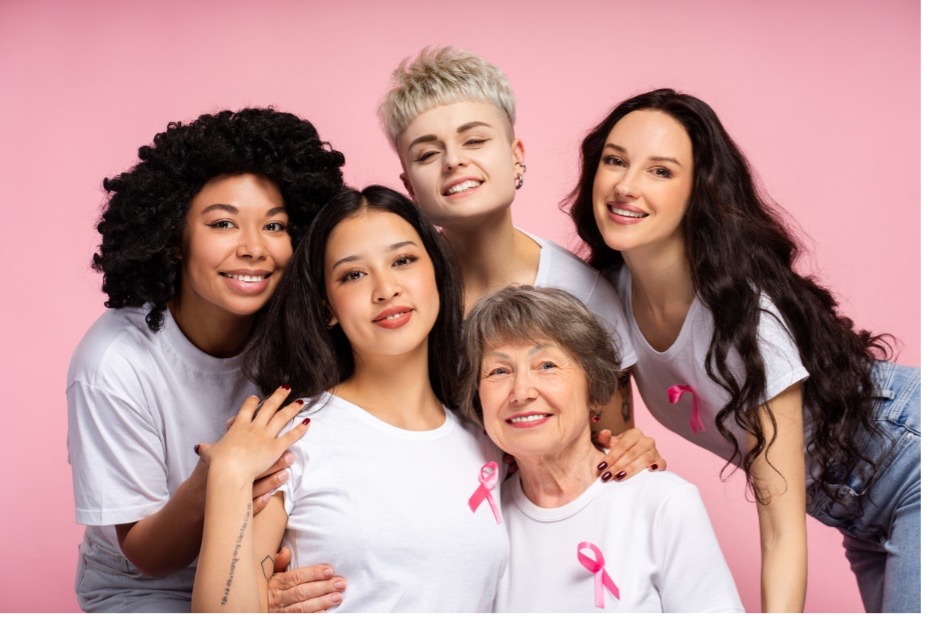Cancer is the number 2 cause of death in women with breast cancer being the most common. One in eight women will end up with breast cancer. The good news is breast cancer is preventable. Of the hundreds of women I have treated over the past 40 years less than 10 have been diagnosed with breast cancer. This is not due to their genetic makeup but rather to their healthy life style. This is a two part series looking at what women can do to minimize their chance of getting breast cancer
Breast feeding: Reduce risk by 4.3% for every 12 months of breastfeeding this is in addition to 7% decrease in risk for each birth. Moreover breastfeeding reduces the risk of triple negative breast cancer by 20% and in carriers of BRCA 1 mutations it reduces it by 22-55%. The longer a woman can breast feed a child the lower their risk of breast cancer
Nulliparity: the first full term pregnancy (past 34 weeks) at an early age (especially in the early twenties) along with a subsequently increasing number of births are associated with a reduced risk of breast cancer. This benefit is only associated with hormone positive breast cancer
First pregnancy after the ager of 30: When you have your first child does matter. So a woman with breast cancer on both sides of her family should be made aware of this fact. If the first baby is born before the age of 31 it confers a major prevention.
Diet: This is one of the most important contributors to breast cancer. There is only one answer as to how you should eat and that is organic, Mediterranean. The reason for that is it’s anti-inflammatory. Inflammation drives any cancer to grow and metastasize. For example olive oil is anti-inflammatory and women who consume olive oil have a 25% lower risk of developing breast cancer
Sugar intake: Chronic high sugar intake contributes to metabolic syndrome, a condition characterized by inflammation. In addition to causing inflammation cancer cells preferentially uses more sugar compared to normal cells to fuel its growth. A study in mice found that a diet high in sucrose (table sugar) or fructose led to a significantly higher number of lung metastases compared to a control diet.
High fructose corn syrup: Corn fructose is the sweetener of choice for food manufacturers. Large consumption of high fructose corn syrup is associated with metabolic changes in mammary glands that have been linked to the development and progression of breast cancer. Another study found fructose from fruit juice when consumed after breast cancer diagnosis was associated with a poorer prognosis. This something that no one should ever consume.
Alcohol Consumption: Women that have breast cancer on both sides of her family should never drink alcohol. Alcohol is liquid sugar. Studies have shown a direct association with alcohol intake and the development of breast cancer. In fact the FDA will be putting on all forms of alcohol starting next year this following statement: “Alcohol consumption causes liver cancer, breast cancer, and other cancers”.
Cigarettes smoking: For most people this is not a surprise. Three meta analysis studies showed a 38-50% increase in breast cancer risk for long term smokers. But exposure to passive smoking is also a risk factor so don’t let people smoke around you.
Exercise: Lack of exercise is the #1 risk factor for breast cancer
- Prevention- Women who get regular exercise have a 10-20% lower risk of breast cancer. This benefit is seen most clearly in postmenopausal women. Physical activity decreases not only estrogen production. Another advantage is it boosts one’s immune system. Exercising 3-5 hours per week of moderate physical exercise is recommended for optimizing the reduction of the risk cancer.
- During chemotherapy- Studies have found that women who exercise during and after finishing chemotherapy have a decrease in recurrence of the cancer.
- Post therapy- One study found that moderate physical activity was associated with a lower chance of recurrence as well as a 60% lower risk of death among breast cancer survivors
Toxin: The list of toxins causing breast cancer is long. Two chemicals I would like to focus on are BPA and lead. The number one way a woman gets BPA (an estrogen like chemical) is what she puts on her face in the way of sunscreens, lotions and cosmetics. BPA is equivalent in potency to estradiol. It is not just related to breast and colorectal cancer but also ovarian, prostate and thyroid cancers.
Lead is another toxin that promotes cancer. This is found in all over-the-counter hair dyes. When you are waiting the 20 minutes for the dye to absorb lead in absorbing through the skin. Use organic dyes.
Radiation: Numerous studies have show link between radiation and breast cancer. Radiation from mammograms is problematic. So self exam is important and rather than getting a mammogram every year get one every 3 years with thermograms in between.
In our next newsletter we will look at additional things that can be done to avoid getting breast cancer.

